Ever since I started talking about Virtual Fabrication I have mostly looked at it from the manufacturers’ perspective, where it has obvious benefits to develop and model new process technology. But what about the fabless design concept and indeed even the semiconductor IP world that has spawned from it as well? It seems that Virtual… Read More
 Cost, Cycle Time, and Carbon aware TCAD Development of new TechnologiesOur good friend Scotten Jones wrote a paper…Read More
Cost, Cycle Time, and Carbon aware TCAD Development of new TechnologiesOur good friend Scotten Jones wrote a paper…Read More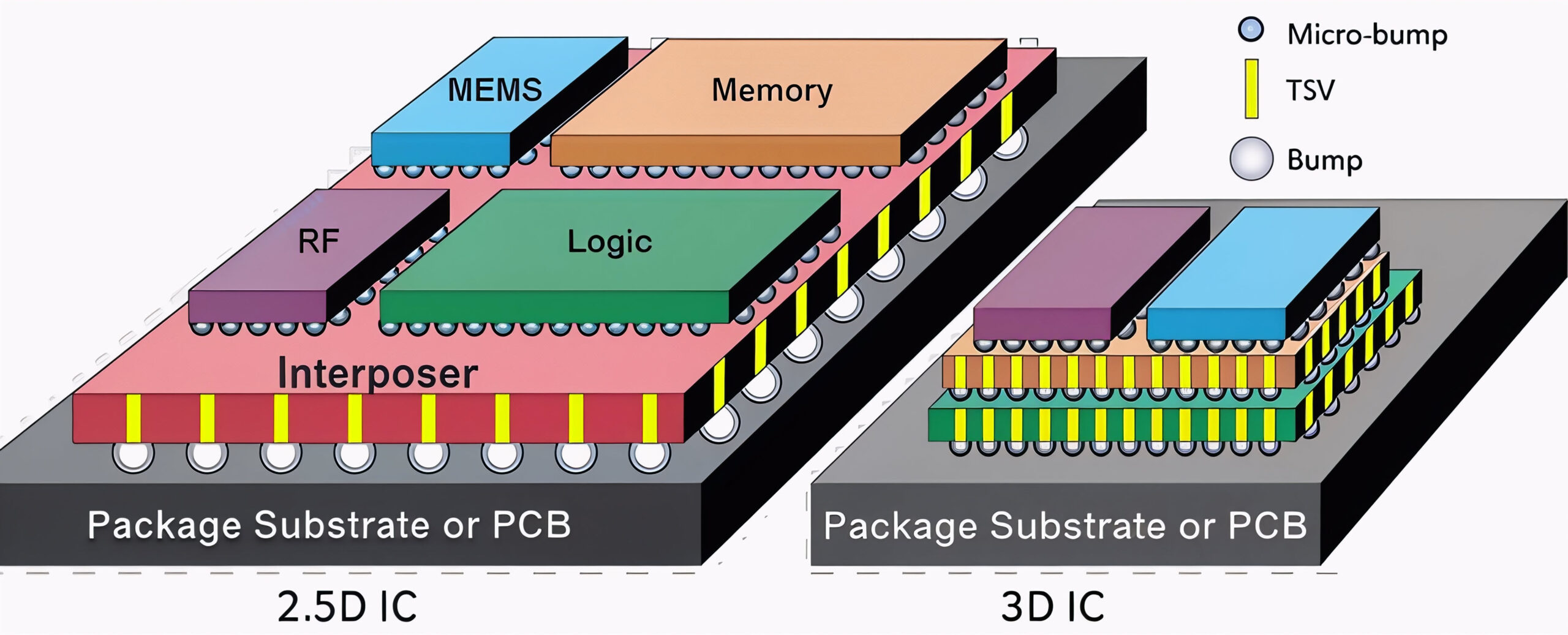 3D ESD verification: Tackling new challenges in advanced IC designBy Dina Medhat Three key takeaways 3D ICs…Read More
3D ESD verification: Tackling new challenges in advanced IC designBy Dina Medhat Three key takeaways 3D ICs…Read More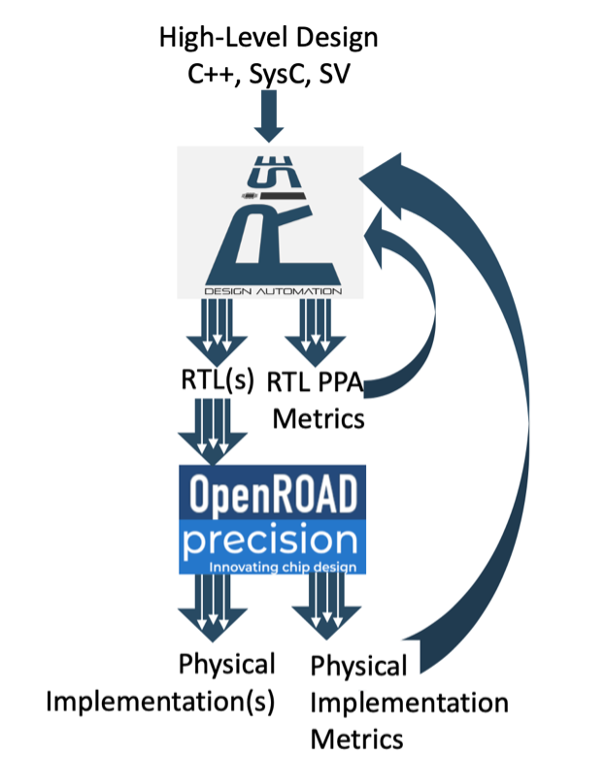 Reimagining Architectural Exploration in the Age of AIThis is not about architecting a full SoC…Read More
Reimagining Architectural Exploration in the Age of AIThis is not about architecting a full SoC…Read MoreFull-Custom Low Power Design Methodology
Digital designers have used logic optimization and logic synthesis for decades as a means to produce more optimal designs with EDA tools. On the analog and transistor-level side of design the efforts to automatically optimize for speed or power have generally been limited to circuits with only a handful of transistors. These … Read More
Atrenta @ #51DAC Must See!
Last year at DAC, we launched the RTL Signoff platform and our customers responded enthusiastically. We even had a few other EDA companies follow our lead. So what have we been up to since then?
Visit us at DAC this June and learn how we have expanded our industry leading RTL Signoff solutions to handle the next set of challenges in SoC… Read More
Intel’s SoC Challenge!
Innovation is the cornerstone of the semiconductor industry and as history has shown, the majority of semiconductor innovation has come from fabless companies. Apple computer is my favorite example since they went from selling mother boards to computer hobbyists in the 1970’s to being one of the largest and most influential … Read More
A Collaborative Approach Yields Better PI for PCBs
The power integrity (PI) of a system is an extremely important aspect to be looked at all levels – chip, package and PCB for overall reliability of the system. At the PCB level, a DC analysis, usually based on IR drop, must ensure that adequate DC voltage, satisfying all constraints of current density and temperature, is delivered… Read More
Intel’s Manufacturing Lead Explained
The calls from Wall Street keep coming with basically the same set of questions: “Does Intel really have a 2-3 year process lead? Can Intel lead the foundry segment? Can Intel Lead the Mobile SoC Segment?” The feeling amongst the buy and sell side investment people is that unless Intel can lead a market they will not stay in it… Read More
Secret to Beating Your FPGA Competitor’s Design
Can I ask you a personal question dear reader? It is only fair, you know so much about me and all, so here goes… Why are you still hand coding you’re FPGA design? Surely you are not hand coding interfaces, like PCie, SRIO, DDR, GbE, JESD204B, HMC etc… Correct? OK, why then are you still hand coding the guts of the world’s best, super-duper… Read More
Low Power Design
So you want to do a low power design. Join the club. Who doesn’t? Today all designs are low power, it is the biggest constraint on what we can do on a chip. Power down; power domains, variable clock rates, mixed Vt libraries. Every trick is needed. And that is not even enough. We get to put our phones on charge each evening and there… Read More
Calypto @ #51DAC Must See!
DAC 2014 in San Francisco promises plenty of new information on emerging low power techniques and faster ways to get to working, fully verified RTL using high level synthesis and formal verification. Get the latest from the industry leader in technologies for high level design and verification and low power RTL designby attending… Read More
A Paradigm Shift in the Foundry Supply Chain!
Samsung has plenty to talk about this year at DAC. The FD-SOI partnership with STMicroelectronics for example. Also the Samsung GLOBALFOUNDRIES 14nm partnership. Thus the “Paradigm Shift in the Foundry Supply Chain” theme. Samsung is also leading the pack with giveaways!


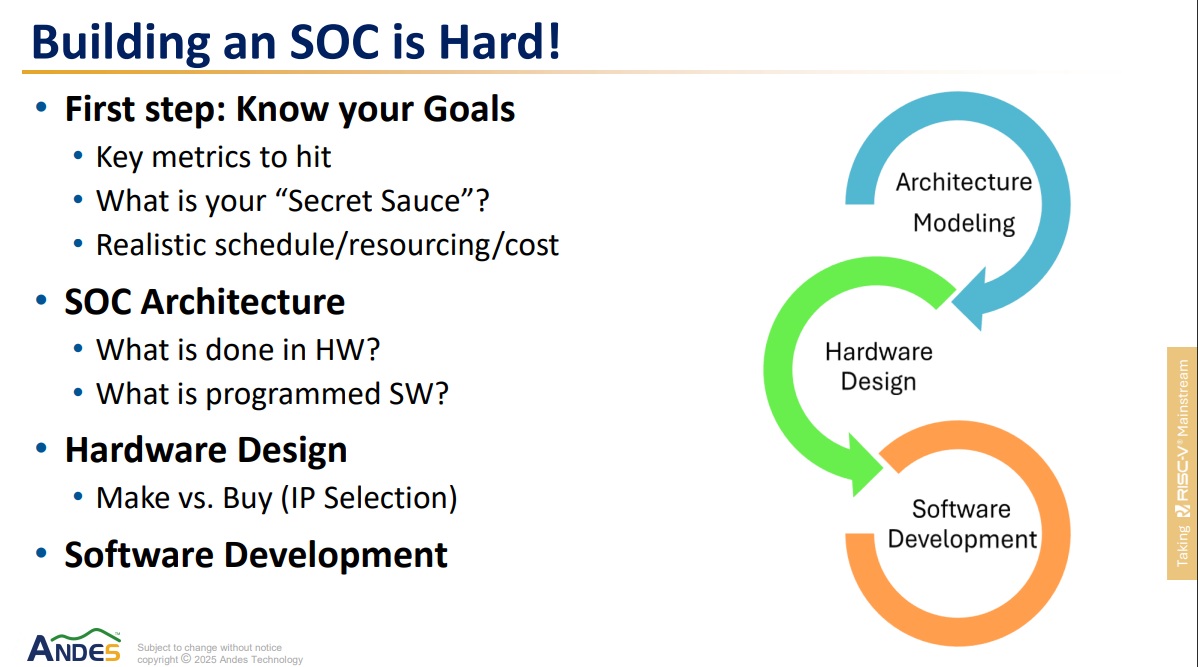

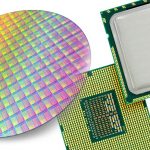
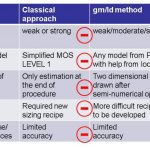


Quantum Computing Technologies and Challenges